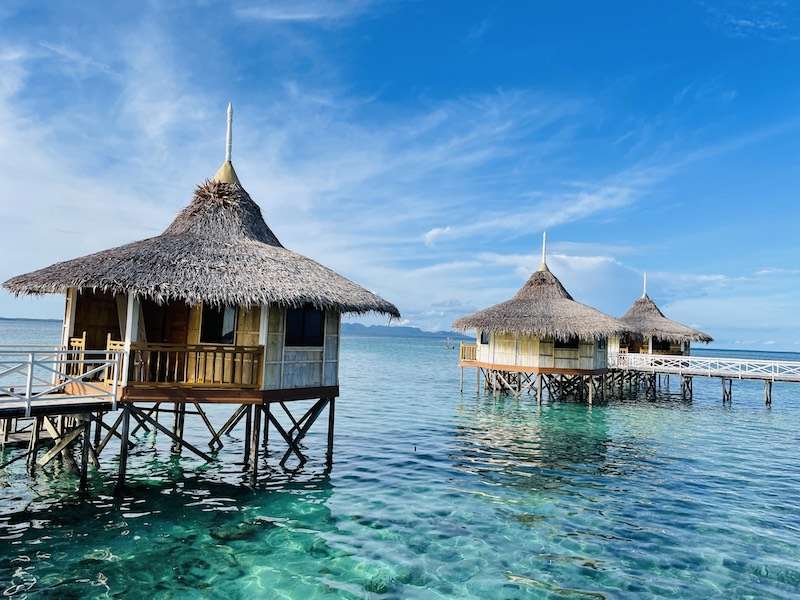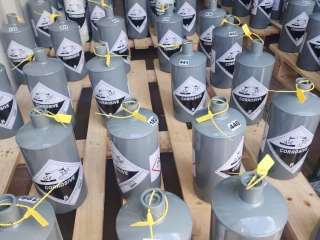About tawi-tawi
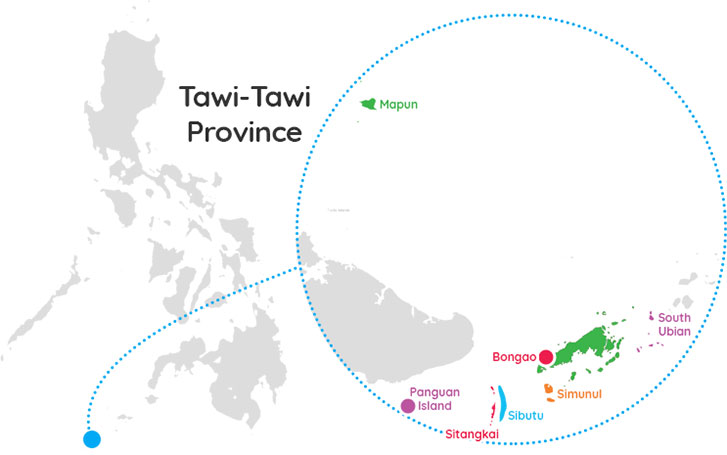
Tawi-Tawi, officially the Province of Tawi-Tawi, is an island province in the Philippines located in the Bangsamoro Autonomous Region in Muslim Mindanao (BARMM). The capital of Tawi-Tawi is Bongao.
It is the southernmost province of the country, sharing sea borders with the Malaysian state of Sabah and the Indonesian North Kalimantan province, both on the island of Borneo to the west. To the northeast lies the province of Sulu. Tawi-Tawi also covers some islands in the Sulu Sea to the northwest, Cagayan de Tawi-Tawi Island and the Turtle Islands, just 20 kilometres (12 mi) away from Sabah.
The municipalities comprising the current Tawi-Tawi province were formerly under the jurisdiction of Sulu until 1973.
The province was named after its main island. Tawi-Tawi is the Sinama form of jawi-jawi, Malay for the banyan tree; the island is known for having an abundance of this tree. Early Spanish accounts give the name of the island as Tauitaui and Tavi-Tavi or Tavitavi.
History
Evidence of human presence in Tawi-tawi was carbon-dated to be 6,810 BC to 3,190 B.C., signifying one of the earliest known evidence of human presence in Southeast Asia. The bones, jars, shells, and other artifacts and fossils were found in the Bolobok Rock Shelter Cave Archaeological Site, which has been declared as an Important Cultural Treasure by the government in 2017.
Much of the Tawi-tawi area was the center of Sama culture and arts for hundreds of years. Some islands are sites of centuries-old traditional burial grounds featuring traditional Sama okil carvings of ancestors.
In 1380, the first mosque in the Philippines, the Sheik Karimol Makhdum Mosque, was established by an Arab trader and missionary, Makhdum Karim. The area was heavily converted to Islam, especially when the Sultanate of Sulu in nearby Sulu province was founded. Although unlike the Tausug people, many Sama retained at least part of their ancient animist religions.
As early as January 28, 1761, Sultan Muizz ud-Din entered into an agreement with Alexander Dalrymple of the British East India Company for commercial and economic concessions. The subsequent treaties with Muizz ud-Din on September 12, 1762, and with Sultan Azim ud-Din, claimant to the Sultanate and a prisoner of the British in Manila, on February 23, 1763, confirmed these British claims. However, on March 5, 1775, Datu Teteng annihilated the British troops in Balambangan. Since then, the Muslims not only fought the British soldiers but also the Spanish troops. After the brother of Sultan Aliyud-Din I captured the Spanish ship San Jose in Tawi-Tawi, the British forces withdrew from Balambangan in 1805.
On January 22, 1878, Baron von Overbeck, representing the British North Borneo Company, signed a treaty with Sultan Jamalul Alam for the lease of the Sultan's land in Borneo at an annual rent of 5,000 Mexican dollars. The Germans also asked for commercial concessions. Due to foreign encroachments, the Spaniards constructed a naval base at Tata'an and built garrisons in Bongao and Siasi.
On March 7, 1885, Spain, Britain and Germany signed a protocol in Madrid whereby Spain relinquished all her claims to the offshore lands in Borneo, granted freedom of trade and navigation in Sulu, and Britain and Germany recognized Spanish sovereignty over Balabac and Cagayan de Sulu. However, the British diplomatically continued to pay the annual rents for Sabah (Sultan's land in Borneo) to Harun ar-Rashid.
During the Philippine Revolution of 1896, the mutiny of the 68th Regiment at Busbus, Jolo implicated Tagalog soldiers. The Muslims, however, retained their own views on independence and freedom.
When the American forces occupied Jolo on May 19, 1899, they established garrisons at Bongao and Siasi after the Muslims wiped out the Spanish garrison in Tata'an, Tawi-Tawi. In 1900, the United States entered into a treaty with Spain whereby Sibutu and Cagayan de Sulu were ceded to the former for $100,000. The Sultanate continued to receive the rentals for Sabah until 1946 when the British North Borneo Company sold its rights to the British Crown.
During World War II, the calm but exposed waters around the islands were used by the Imperial Japanese Navy as a major fleet anchorage due to its proximity to the oilfields of Borneo. Japanese forces, however, did not develop any facilities on the islands leaving the anchorage without an airfield, which allowed American submarines to track the movements of the Japanese fleet at the exposed anchorage. After the Japanese Imperial Forces occupied Tawi-Tawi, guerilla forces were organized under Lts. Konglamtio and Alejandro Tresperes in Siasi and Tawi-Tawi. These units were under the Sulu Command led by Lt. Col. Alejandro Suarez. The Command aided the American Liberation Forces at Sanga-Sanga Island on April 2, 1945.
On October 16, 1947, the offshore lands of Borneo—Taganak, Bakkungan, Bayaua, Sibauang and Lihiman Islands—were turned over to the Philippines by the British North Borneo government. The unveiling ceremonies of the marker in Taganak Island on June 26, 1948, were attended by M.G. Combe, representing Great Britain, former President Diosdado Macapagal for the Philippines, Princess Tarhata Kiram for the Sultanate, and Governor Kalingalan Caluang for Sulu.
Previously part of the province of Sulu, Tawi-Tawi was converted into a province on September 11, 1973, pursuant to Presidential Decree No. 302 and erstwhile Commodore Romulo Espaldon was appointed as its first governor until the first provincial elections were held.
Prior to issuing the decree, President Marcos had asked Espaldon, “Why are the young boys of Tawi-Tawi easily wooed by the Moro National Liberation Front?” Espaldon replied, “The Sama boys, like their elders and leaders, are tired and weary of their union with the Province of Sulu. They want to have their own leaders and manage their own affairs. If His Excellency wants to solve the problem, I recommend that he create them into a separate province and allow them to exercise their own local prerogatives.” Hence, Espaldon earned the moniker "Father of Tawi-Tawi."
During the first 730 days of Tawi-Tawi as a province, Espaldon spearheaded over 100 civilian infrastructure projects, including the construction of the provincial capitol, provincial hospital, public market, 50 mosques, school houses, radio station, airstrips, piers, houses, bridges, roads and water system.
The seat of the provincial government was initially designated as Bato-Bato in the municipality of Balimbing (now Panglima Sugala), but was moved to Bongao on April 4, 1979, by virtue of Batas Pambansa Blg. 24.
Tawi-Tawi is currently being groomed as the location of a special economic zone and transhipment point, a future center of commerce as the Tawi-Tawi freeport is being built in the area.
Listings in tawi-tawi
More Provinces
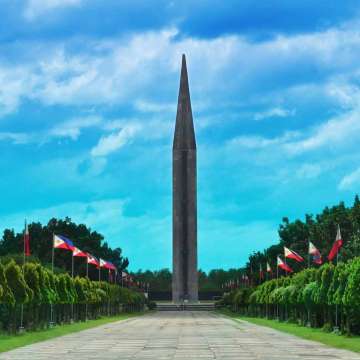
tarlac
Tarlac is a landlocked province in the Philippines located in the Central Luzon region. Its capital is the city of Tarlac. The province is situated in the heartland of Luzon, in what is known as the Central Plain also spanning the neighbouring provinces of Pampanga, Pangasinan, Nueva Ecija and Bulacan. ...read more
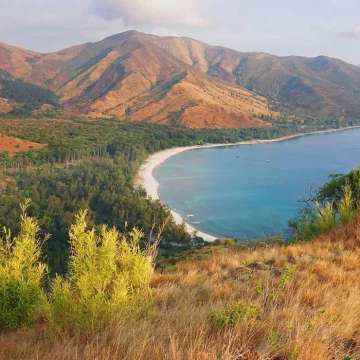
zambales
Zambales is a province in the Philippines located in the Central Luzon region. Its capital is Iba, which is located in the middle of the province. Zambales is the second largest among the seven provinces of Central Luzon after Nueva Ecija. The province is noted for its mangoes, which are ...read more

